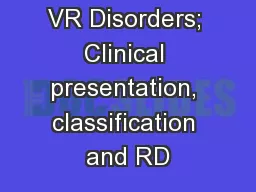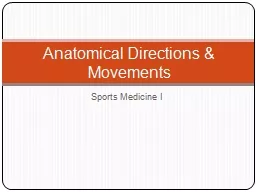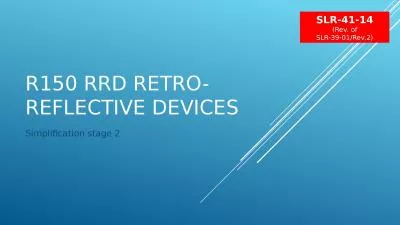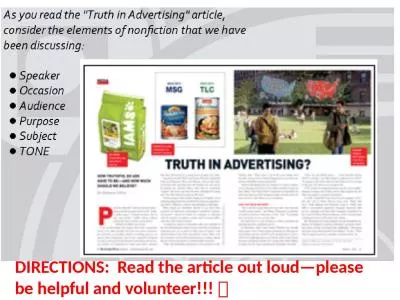PPT-Future Directions in RRD Research
Author : Mysticlover | Published Date : 2022-07-28
Mark Windham University of Tennessee David Byrne Texas AampM University What has been accomplished Tools developedadapted to rose Diagnostic tools virus Molecular
Presentation Embed Code
Download Presentation
Download Presentation The PPT/PDF document "Future Directions in RRD Research" is the property of its rightful owner. Permission is granted to download and print the materials on this website for personal, non-commercial use only, and to display it on your personal computer provided you do not modify the materials and that you retain all copyright notices contained in the materials. By downloading content from our website, you accept the terms of this agreement.
Future Directions in RRD Research: Transcript
Download Rules Of Document
"Future Directions in RRD Research"The content belongs to its owner. You may download and print it for personal use, without modification, and keep all copyright notices. By downloading, you agree to these terms.
Related Documents














